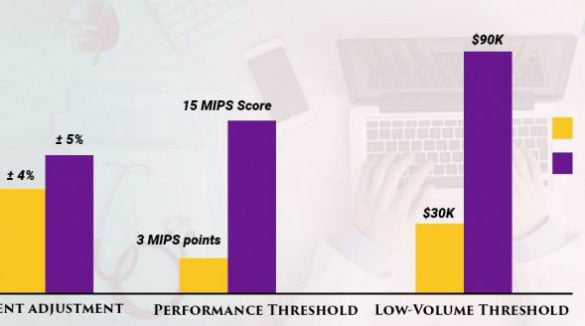- Improve your MIPS score by focusing more on the activities for the Quality performance category. It can give you up to 10% bonus points.
- For Cost category, making significant changes in care delivery to cut down costs can earn you up to 1% extra points.
- ECs and groups gain up to 5 points for treating the patients who are in serious condition
- ECs and groups must submit data on one of the performance categories to be eligible for bonuses
- Scoring is relying on Hierarchical Conditions Category (HCC)
- If ECs or groups are part of small practices, they are awarded 5 bonus points
Advanced APMs is the second track of the Quality Payment Program, which you can opt-out of by meeting the eligibility criteria.
An APM is a payment system that rewards incentives on account of superior-quality and money-saving care.







